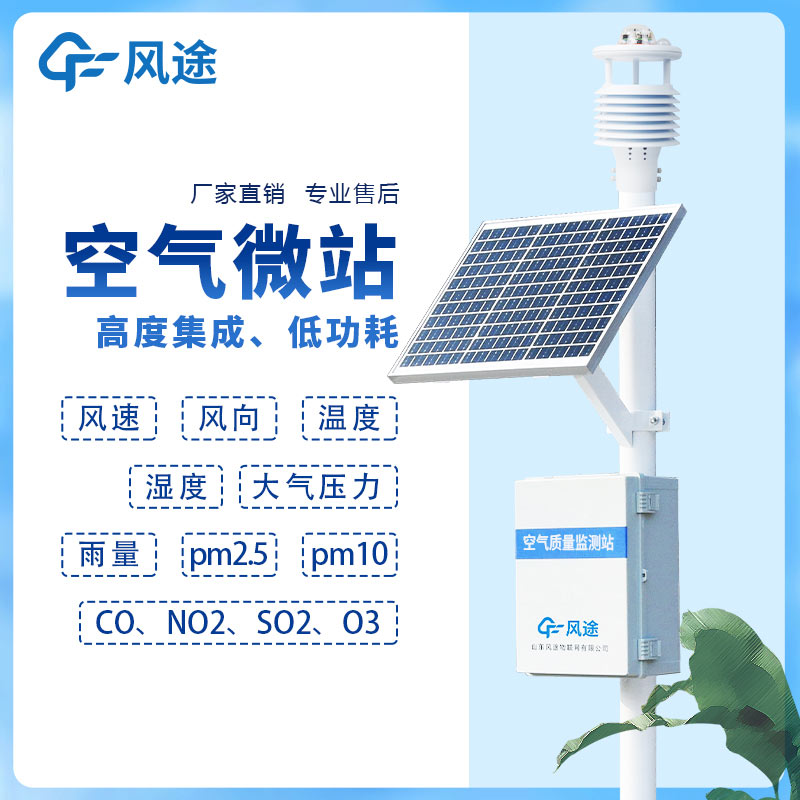Meteorological environment monitoring equipment supplier
Insist on doing high-precision customer favorite technology products
Air quality is a growing concern, especially PM2.5, factory emissions and dust storms. As our lives get better, people want to know more about how the air they breathe is and if it is clean. The public availability of air quality data can help us understand the environment and make us more aware of how to protect ourselves.
The Air Quality Index (AQI) for different places tells us how clean the air is. A low index means the air is good; a high index means the air is bad. By looking at the changes in these figures, we can tell whether the air quality is getting better or worse.
In order to make more people care about the environment, the relevant departments can tell people how the air quality is in an easy-to-understand way. For example, the information can be posted on websites, mobile phone software or social media so that everyone can see it at any time. In this way, people will be able to know whether the air is good today and whether they should go out wearing masks.
The means of atmospheric monitoring in many areas still relies on traditional manual sampling and laboratory testing, which has some limitations, such as slow updating of information and potentially compromised accuracy. This makes it difficult for environmental regulators to quickly access real-time pollutant emission data when faced with a pollution problem, and thus to respond quickly and accurately. This situation not only increases the workload, but may also lead to unnecessary waste of resources.
In order to improve monitoring efficiency and accuracy, modern monitoring technologies can be introduced, such as the use of automated monitoring systems and the implementation of real-time data analysis. In this way, environmental regulators will be able to receive the latest data on air quality more quickly and keep abreast of the pollution situation, thus enabling them to formulate countermeasures more quickly and accurately. In this way, not only can work efficiency be improved, but also losses due to information delays can be effectively reduced.
An efficient real-time air quality monitoring solution can be built using IoT technology, combining wireless sensor networks with industrial-grade data transmission units (DTUs).
Real-time air quality monitoring stations are deployed at selected key monitoring points in the city, which automatically collect and record air quality data. The data is sent to the central monitoring station in real-time over the network, ensuring instantaneous and accurate information.
Managers can easily configure the system, monitor and manage the monitoring and data collection from the main monitoring station. This design allows managers to quickly identify air quality problems and respond in a timely manner.
This monitoring system is highly adaptable and scalable, allowing additional monitoring points to be installed in more areas or integrated with other intelligent systems for wider environmental monitoring and intelligent management. This integrated monitoring platform helps to improve the quality of the urban environment and create a healthier and more sustainable living environment for residents.
